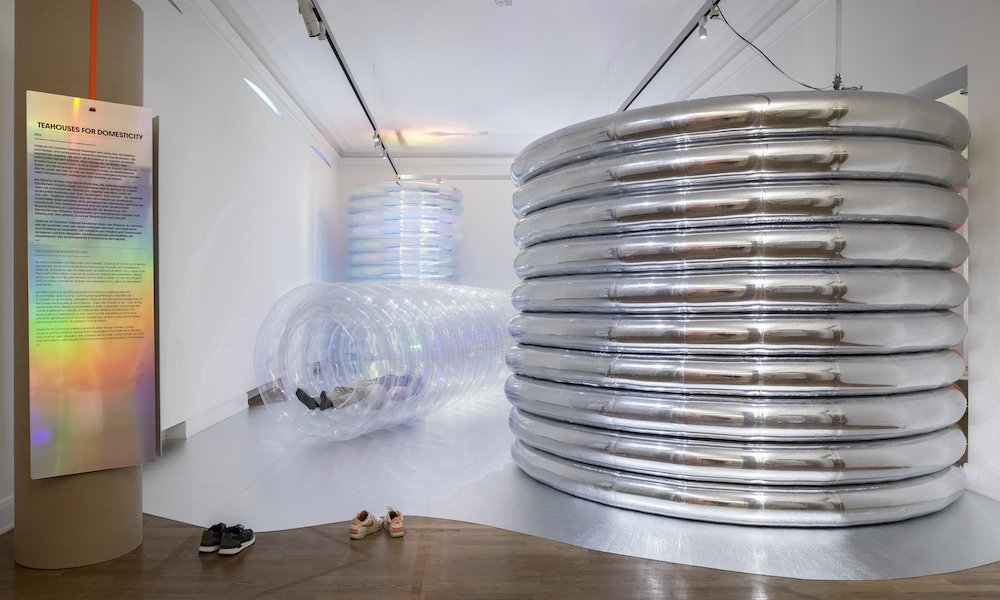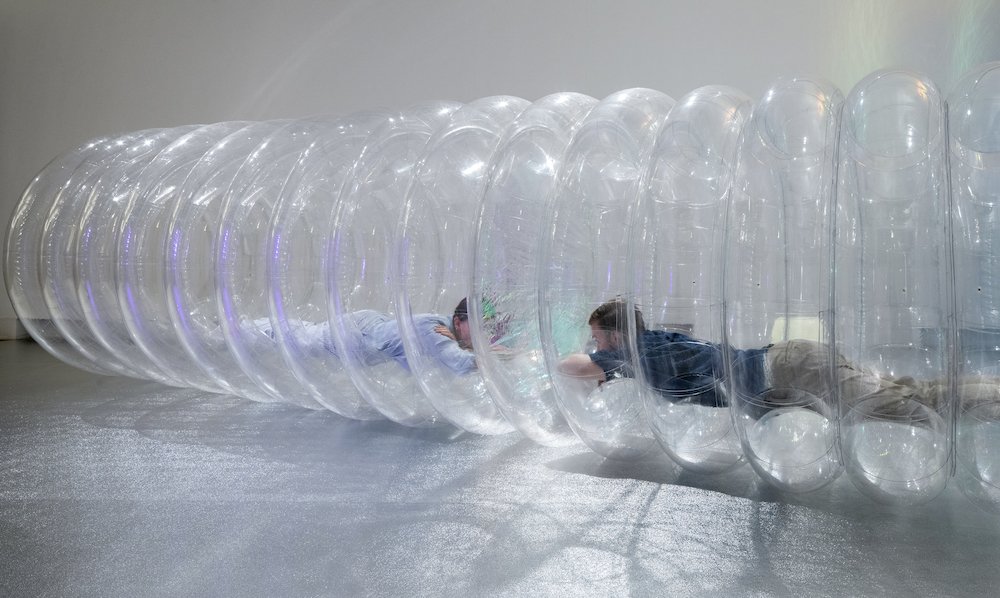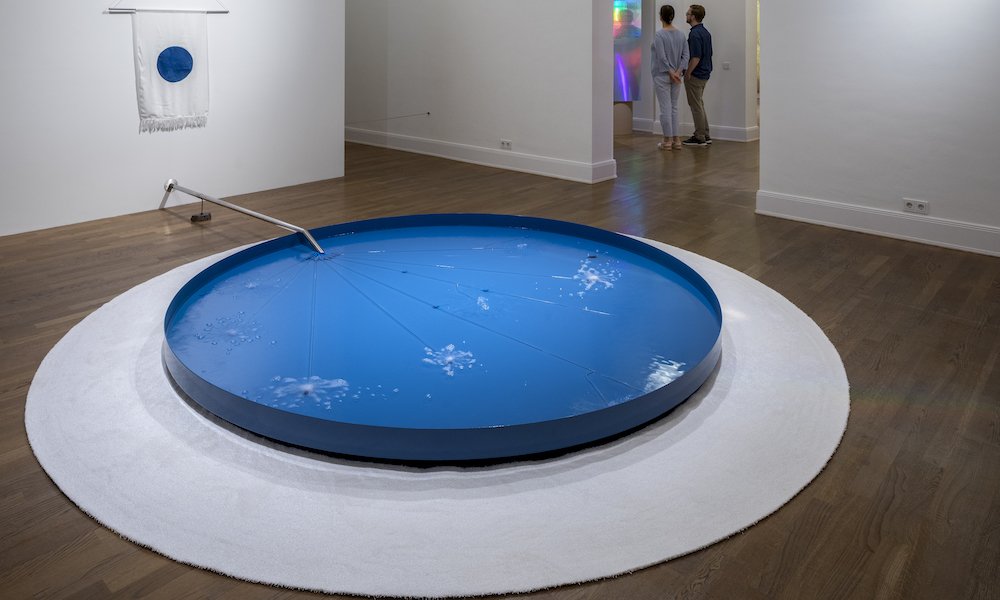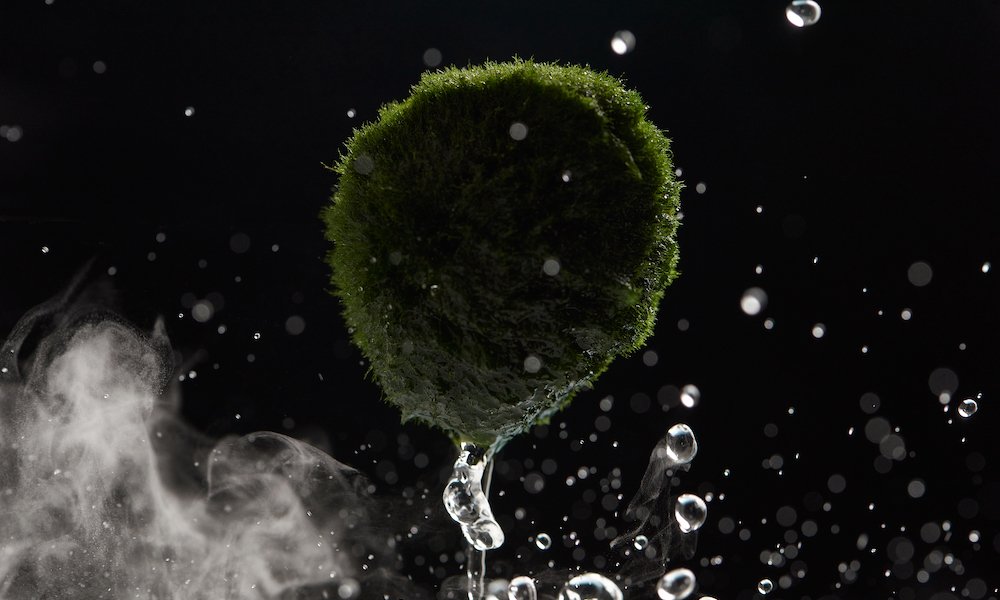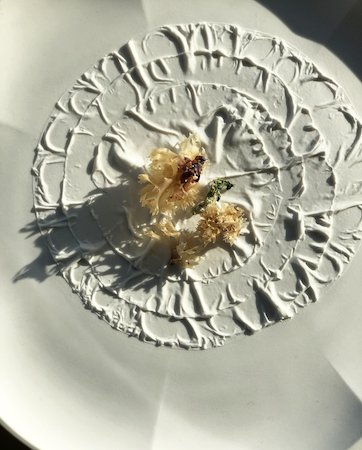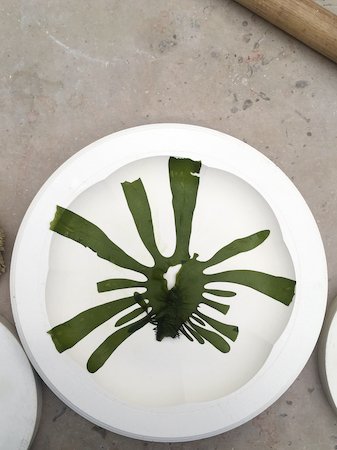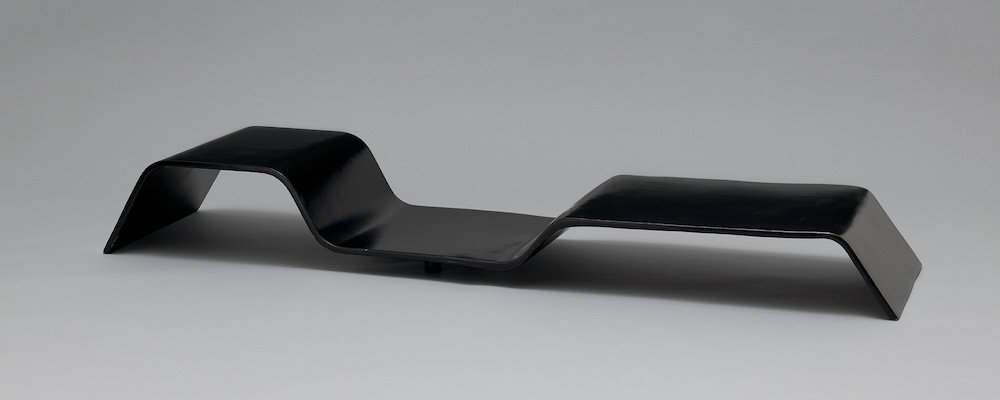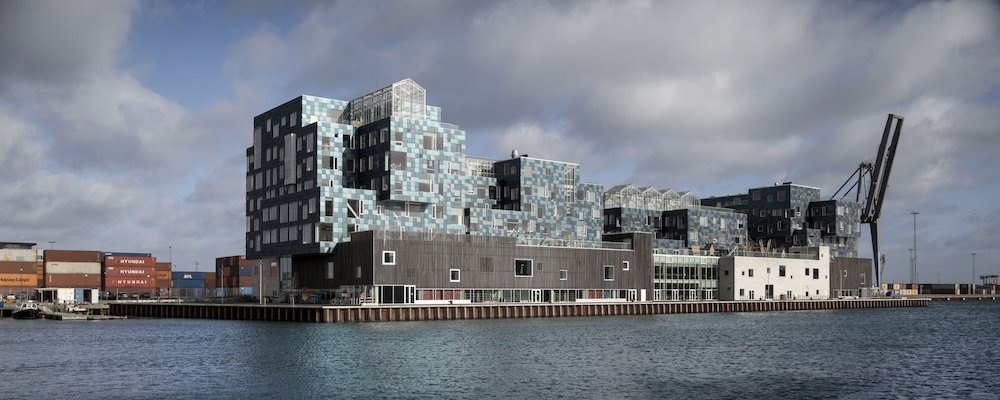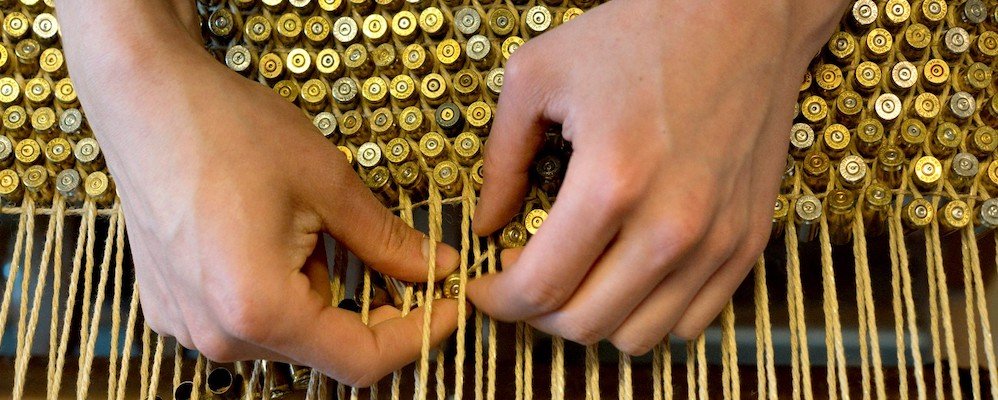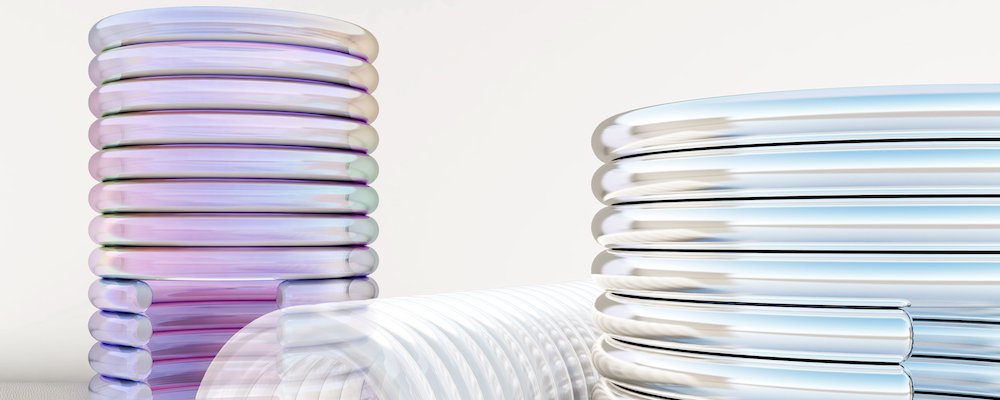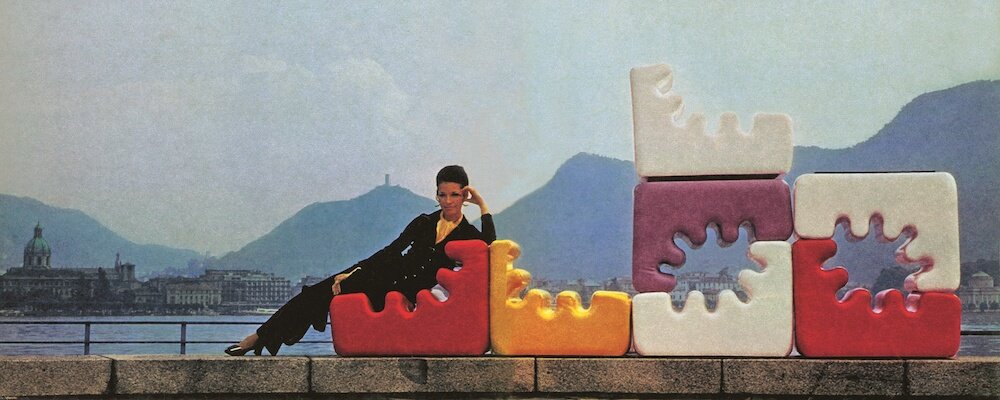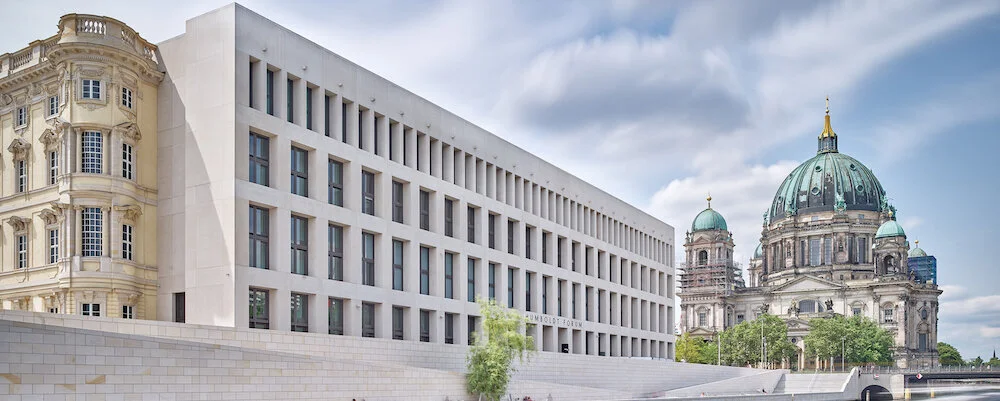Ask Me If I Believe In The Future…
#SummerDesignExhibition 2022
Our series resumes with an exhibition at the Museum für Kunst und Gewerbe Hamburg (MK&G). How can design shape our future? What ideas, questions and strategies occur to designers as they develop future visions? How do we want to live tomorrow?
How do we want to live tomorrow? MK&G often engages with these pivotal questions, asking artists, designers and exhibition makers for their input. Now, for the exhibition “Ask Me If I Believe in the Future”, the renowned Milanese curator Maria Cristina Didero has invited a group of international designers to reformulate their expectations and visions for the future: the Greek design studio Objects of Common Interest, run by designers Eleni Petaloti and Leonidas Trampoukis; designer Erez Nevi Pana from Israel; Carolien Niebling from Switzerland; and the multidisciplinary design studio Zaven from Italy with designers Enrica Cavarzan and Marco Zavagno.
Maria Cristina Didero gave the designers and studios carte blanche for new productions created especially for the exhibition at MK&G. Although they take quite divergent approaches and vary in their views on the challenges posed by global crises, the solutions proposed by these designers attest to an astonishing coherence – a shared faith in the future.
Objects of Common Interest
Objects of Common Interest conceived their installation “Teahouses for domesticity” based on an existential insight that the coronavirus pandemic has brought into sharp focus: our human need for closeness and community. The designers invite visitors to interact with a sensory landscape. As they walk through three inflatable oversized PVC tubes, each viewer has a personal experience of space and time as well as presence and absence.
Specific elements and materials play a special role here: recyclable silver film that seals off the interior from the outside world, iridescent holographic foil that changes colours depending on the viewing angle, and malleable memory foam in which every movement leaves visible traces. With their participatory installation, Objects of Common Interest present an optimistic outlook on the future, putting at our disposal new forms and conceptual methods for sharing space with others.
Erez Nevi Pana
In his installation “Homecoming”, designer Erez Nevi Pana envisions a futuristic panorama of humans, animals and nature living in harmony on the Earth, which must therefore be protected and preserved.
He was inspired by astronaut Neil Armstrong’s famous comment that the Earth looked as tiny as a pea when viewed from the Moon. As humans increasingly try to expand their habitat into outer space, life on another planet is conceived of as one way to rescue our own.
Pana invites us to look at the Earth from above – you can see a planet that has been left by human beings in search of the unknown, a planet to which we can always come back not as refugees but as inhabitants. His setting features for example a pool of water as a metaphor for the life force and a landing pad for imaginary spaceships, as well as a flag symbolising the vision of the living Earth as a coherent unit.
Zaven
When asked if they believe in the future, Zaven responds with a question: Why not? The design studio finds faith in the future by relying on the principle of collaboration – a leitmotif of their working method. For the installation at MK&G, they cooperated primarily with local experts, including a young ceramicist who works with natural clay and a neighbourhood tailor. This inspiring transfer of knowledge allows them to collaboratively develop new forms and methods based, among other things, on traditional craftsmanship.
Their installation is made up of archetypal objects that will remain essential in the future as well: a lamp to bring light into the darkness, vessels to hold food and drink, a cloak for warmth and protection, a chair to sit and rest on. “Why not?” provides an opportunity to look at the world from a different point of view. Why not take action and participate ourselves in shaping the things that surround us?
Carolien Niebling
Carolien Niebling calls herself a food futurist. Working in the fields of research, teaching and consulting, the designer specialises in alternatives to conventional foods. Food production is one of the main causes of CO2 emissions. Our eating behaviour influences climate change, meaning that individual actions can already have an enormous impact in the short term.
Niebling’s installation “Future-Proof Plating” gives us a fresh look at natural foods that are not yet part of our daily diet. Macro photographs of algae and edible plants printed on textiles beguile the eye with their striking textures and shapes. Stylised arrangements of wild plants are imprinted on ceramic plates or cast in relief. Rather than adopting a moralising tone, Niebling’s installation lodges an aesthetic appeal for us to think about an alternative future for food and for our planet.
Film & Exhibition Design
Italian filmmaker Francesca Molteni accompanied the designers as they developed and produced their exhibition projects. Her documentary will be presented in the exhibition.
Jan Kloss and Matěj Činčera from the Prague design studio Okolo are in charge of designing the exhibition. For this exploration of questions about the future, they look to the past, translating a classical architectural element like the columns into a contemporary language.
‘Ask Me If I Believe In The Future’ runs until October 23rd, 2022 at the Museum für Kunst und Gewerbe Hamburg
Pictures by Lorenz Nugini, Carolien Niebling, Marvin Zilm, Zaven, Oliver C. Haas, Dor Kedmi, Henning Rogge.

